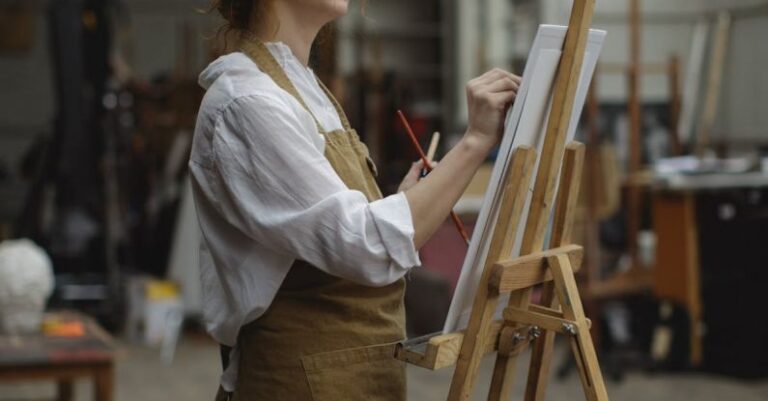What Are the Key Elements of Visual Storytelling

Visual storytelling is a powerful tool that has been used throughout history to convey messages, evoke emotions, and captivate audiences. Through a combination of imagery, design, and narrative, visual storytelling can communicate complex ideas in a way that is engaging and easily understood. In today’s fast-paced world where attention spans are short and information overload is common, mastering the art of visual storytelling is more important than ever. Let’s delve into the key elements that make visual storytelling effective and impactful.
Understanding the Power of Visuals
Visual storytelling taps into the innate human ability to process images quickly and extract meaning from them. Our brains are wired to respond to visuals, making them a potent medium for communication. Whether it’s through photographs, illustrations, infographics, or videos, visuals have the ability to convey emotions, set the tone, and create a connection with the audience. By leveraging the power of visuals, storytellers can make their narratives more compelling and memorable.
Creating a Strong Narrative
At the heart of visual storytelling lies a strong narrative that guides the audience through the story. A well-crafted narrative provides structure, coherence, and meaning to the visuals, helping to engage viewers on an emotional level. The narrative should have a clear beginning, middle, and end, with a compelling plot that keeps the audience interested. By weaving together visuals and storytelling, creators can transport viewers into the world they have crafted, sparking their imagination and leaving a lasting impression.
Establishing a Visual Identity
Consistency is key when it comes to visual storytelling. Establishing a strong visual identity ensures that your audience can easily recognize and connect with your brand or message. This includes using consistent colors, fonts, imagery, and design elements across all your visual content. A cohesive visual identity not only strengthens brand recognition but also helps to convey a sense of professionalism and credibility.
Embracing Emotion and Authenticity
Emotion is a powerful tool in visual storytelling, as it has the ability to evoke empathy, create a connection, and drive action. By infusing your visuals with emotion, whether it’s through facial expressions, body language, or color choices, you can elicit a more profound response from your audience. Authenticity is also crucial in visual storytelling, as it helps to build trust and credibility with your viewers. Authentic visuals resonate with audiences on a personal level, making your story more relatable and impactful.
Utilizing Visual Hierarchy and Composition
Visual hierarchy and composition play a crucial role in guiding the viewer’s eye and conveying the intended message effectively. By using elements such as size, color, contrast, and placement, storytellers can create a visual hierarchy that directs the viewer’s attention to key focal points. Thoughtful composition ensures that visuals are arranged in a visually pleasing and harmonious way, enhancing the overall storytelling experience. By mastering visual hierarchy and composition, creators can control the flow of information and create a more engaging narrative.
Leveraging Interactive and Multimedia Elements
In today’s digital age, interactive and multimedia elements have become essential tools in visual storytelling. From interactive websites and immersive videos to animated infographics and virtual reality experiences, these dynamic mediums offer unique opportunities to engage and captivate audiences. By incorporating interactive and multimedia elements into your visual storytelling, you can create a more immersive and interactive experience that encourages active participation and exploration.
Crafting a Memorable Visual Experience
At its core, visual storytelling is about creating a memorable experience that resonates with the audience long after they have viewed it. By combining the key elements of visual storytelling – strong narrative, visual identity, emotion, visual hierarchy, and interactive elements – creators can craft compelling stories that leave a lasting impact. Whether you are a marketer, designer, filmmaker, or content creator, mastering the art of visual storytelling can help you connect with your audience on a deeper level and drive engagement and action.





